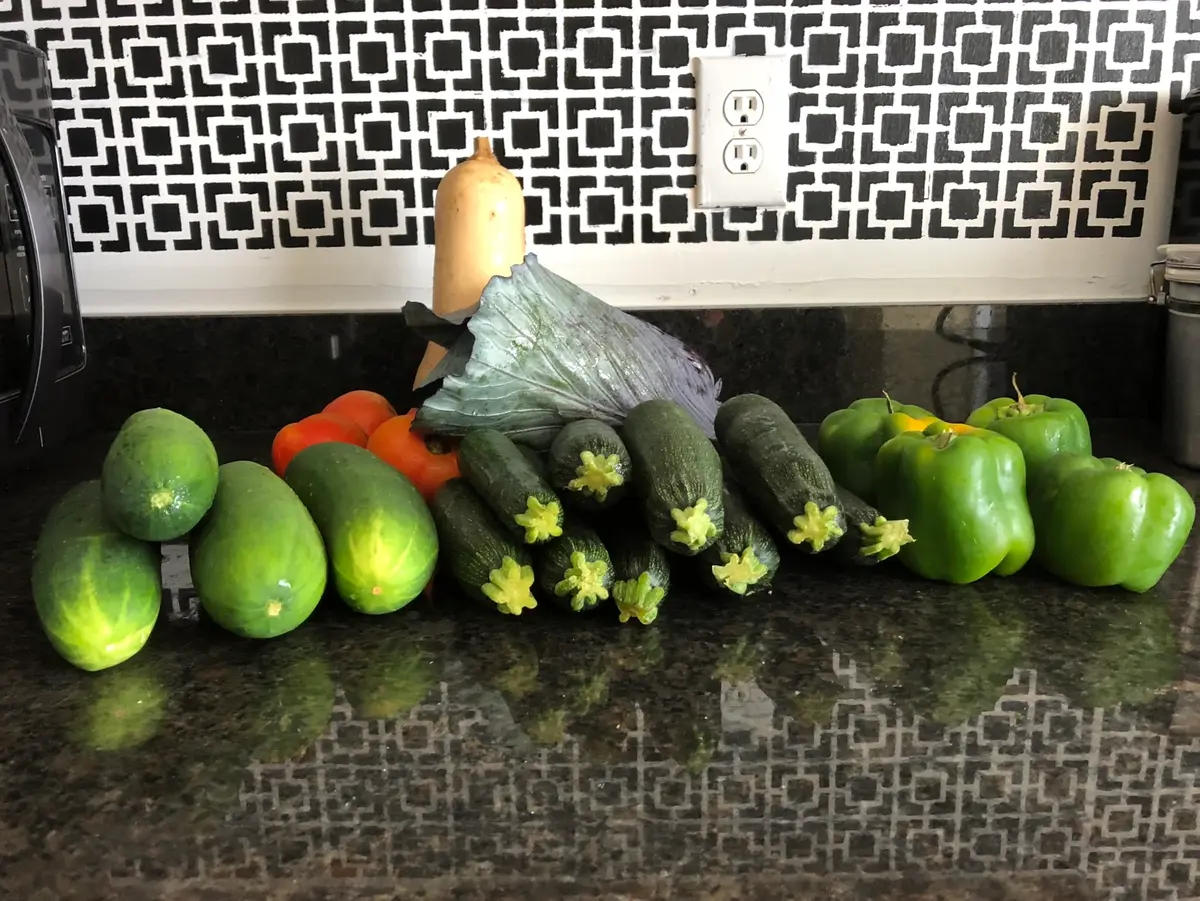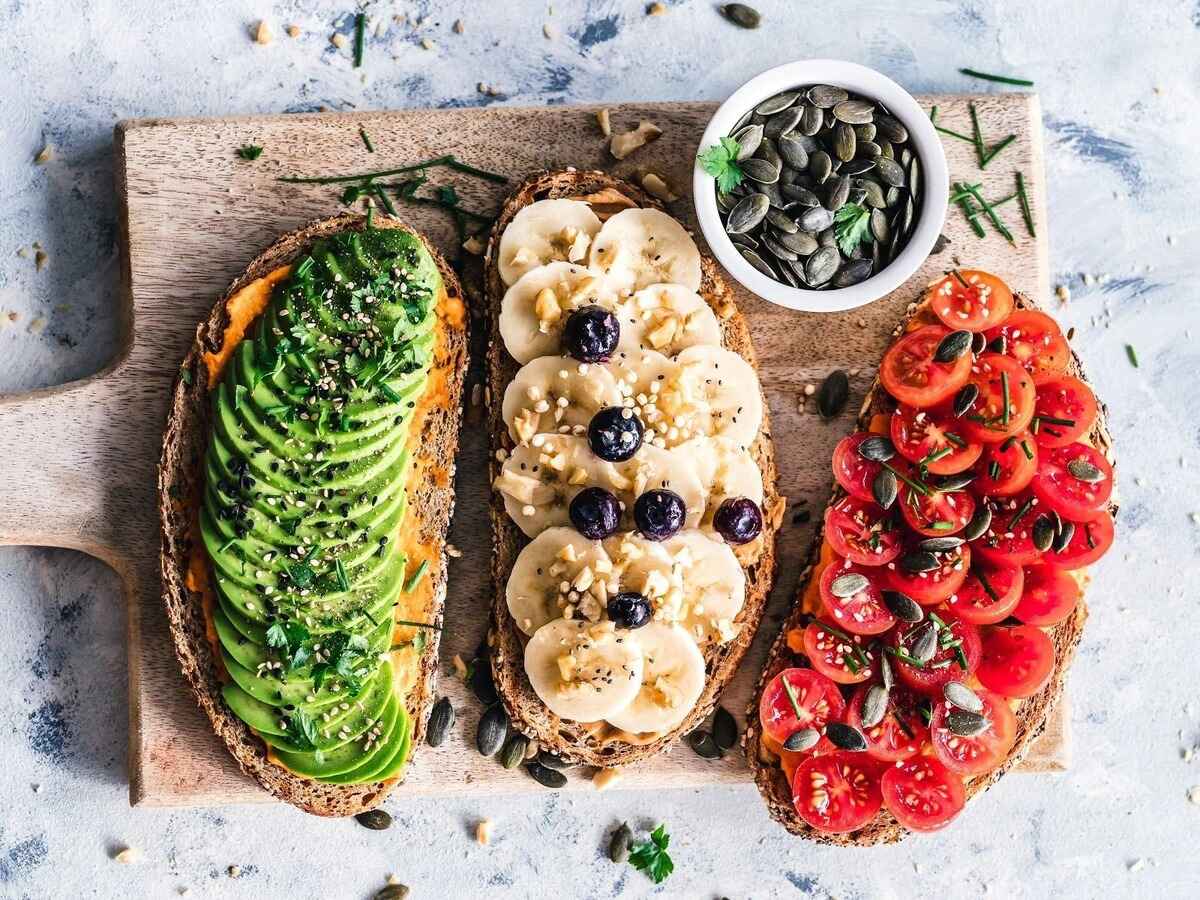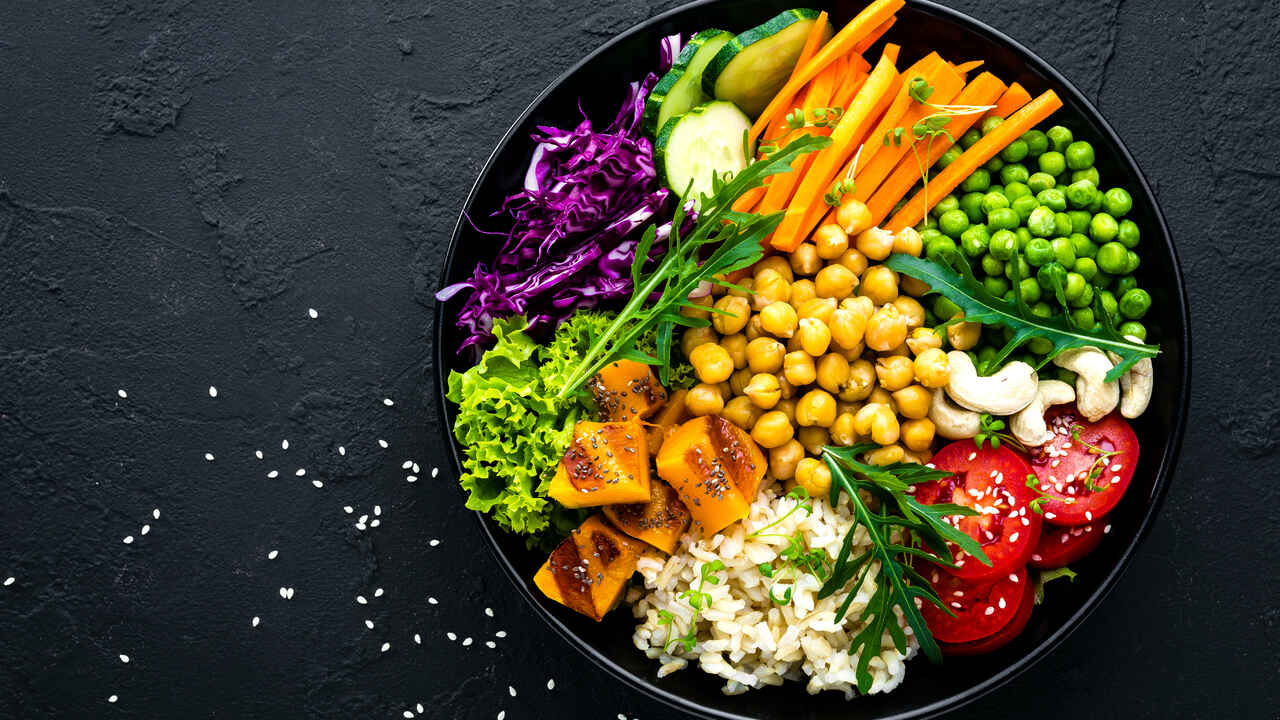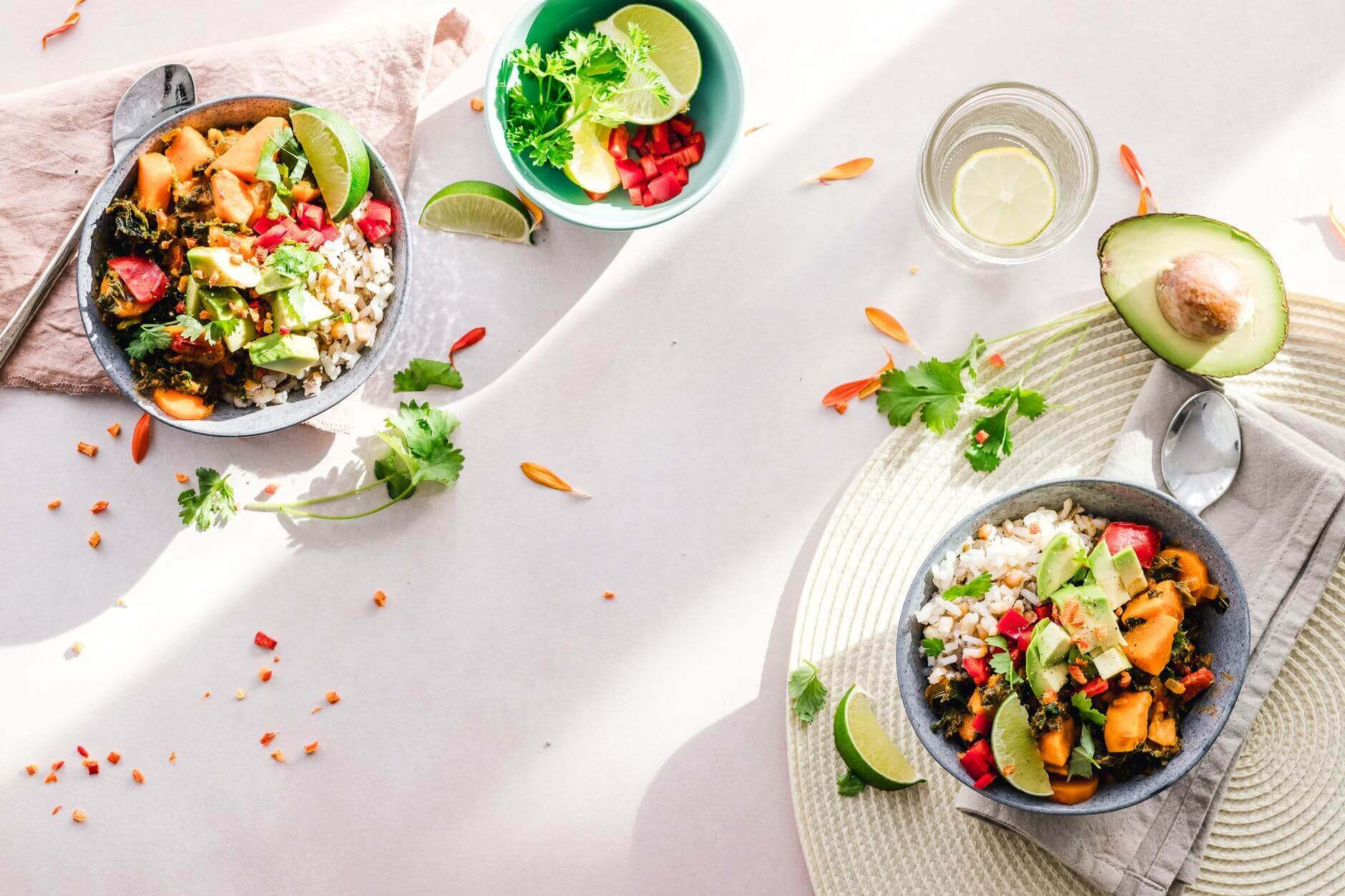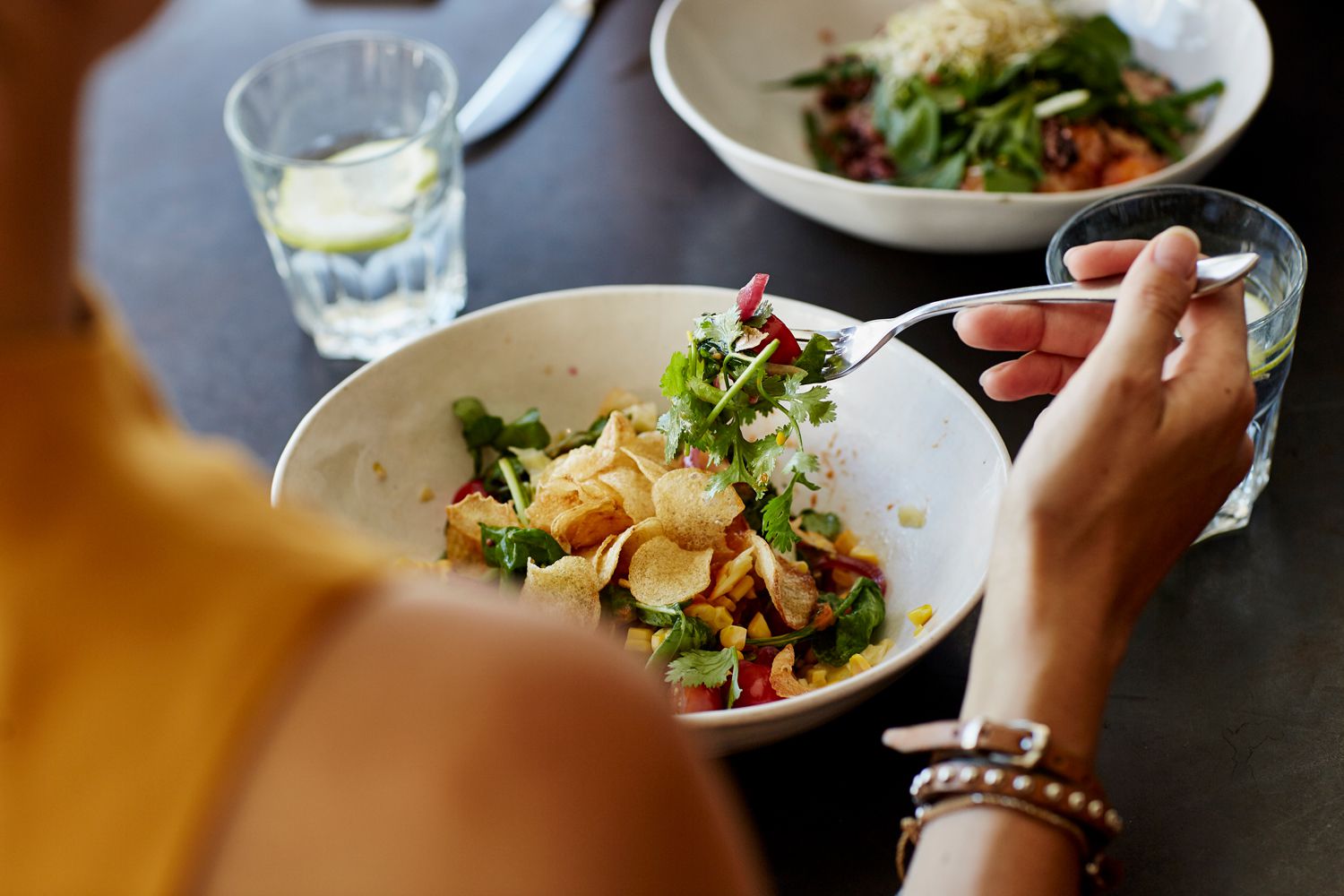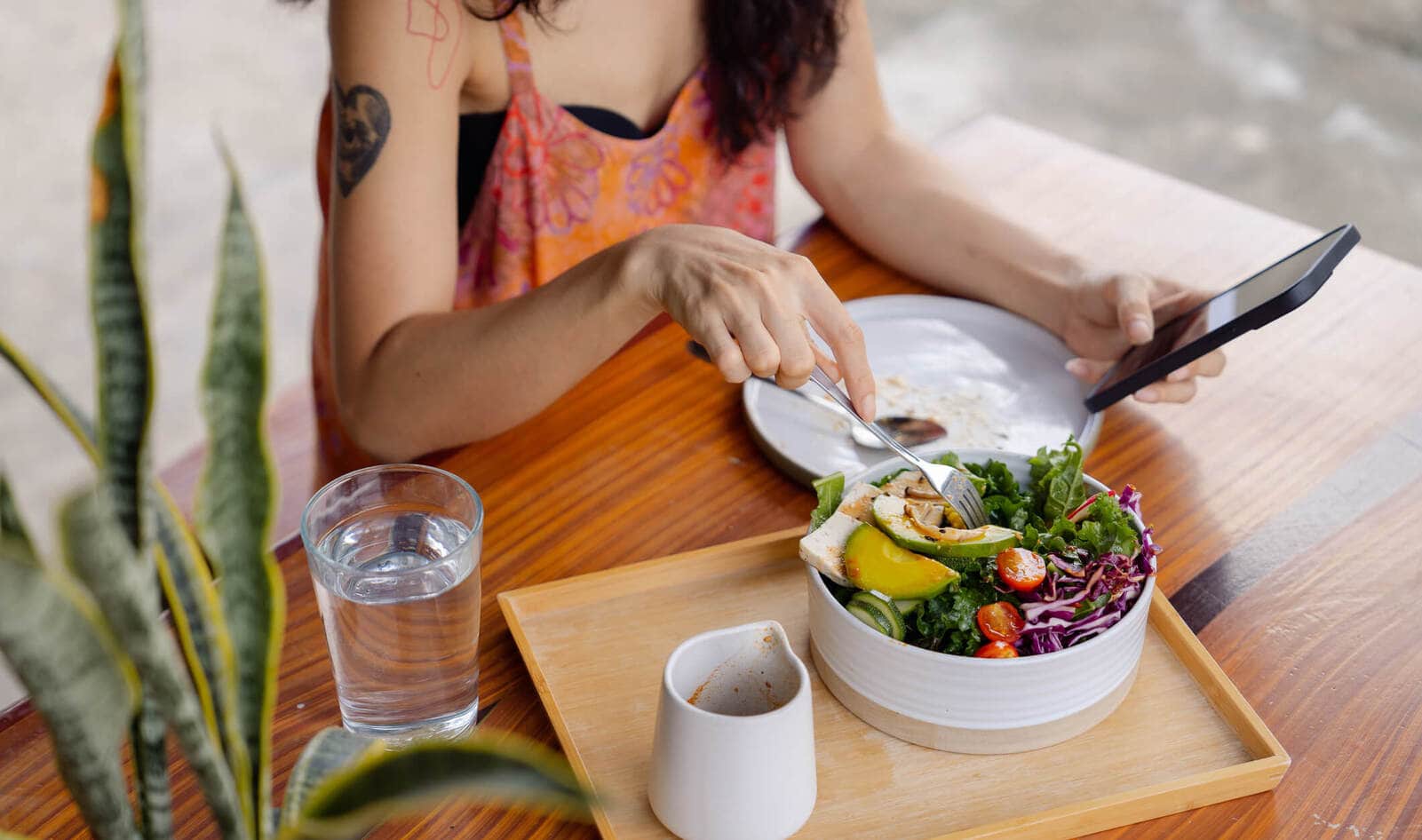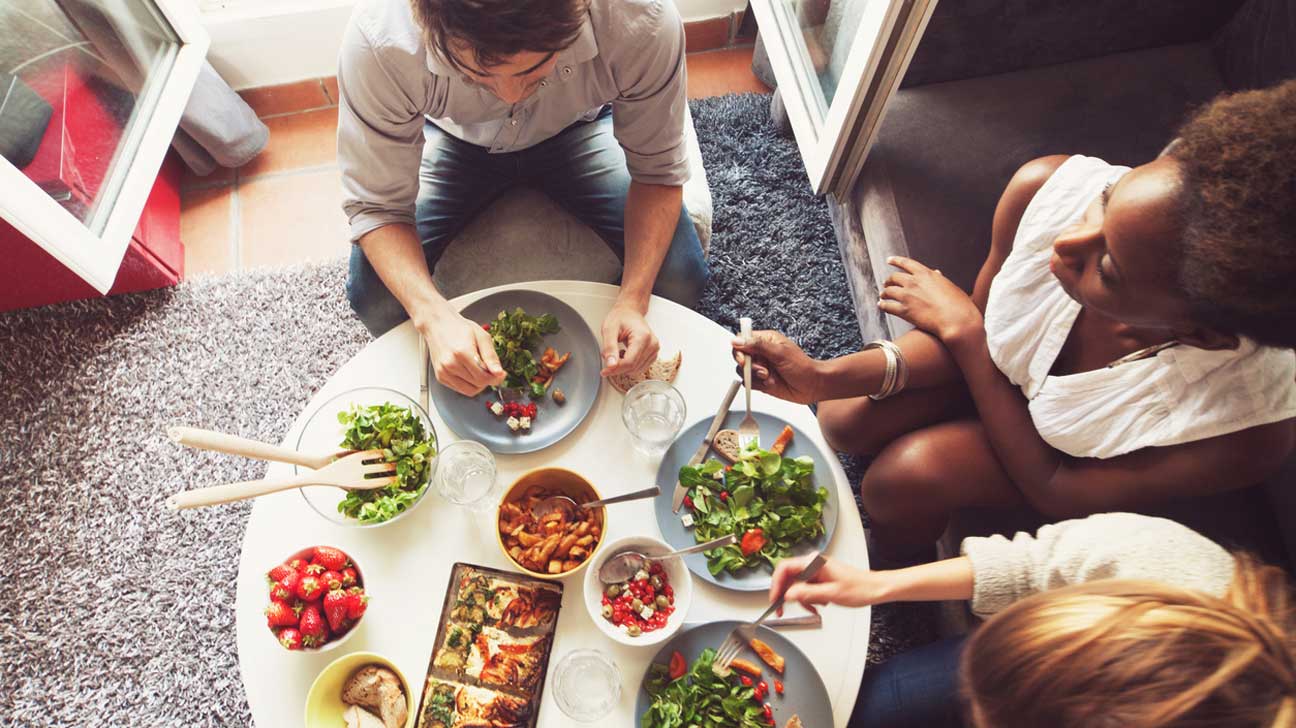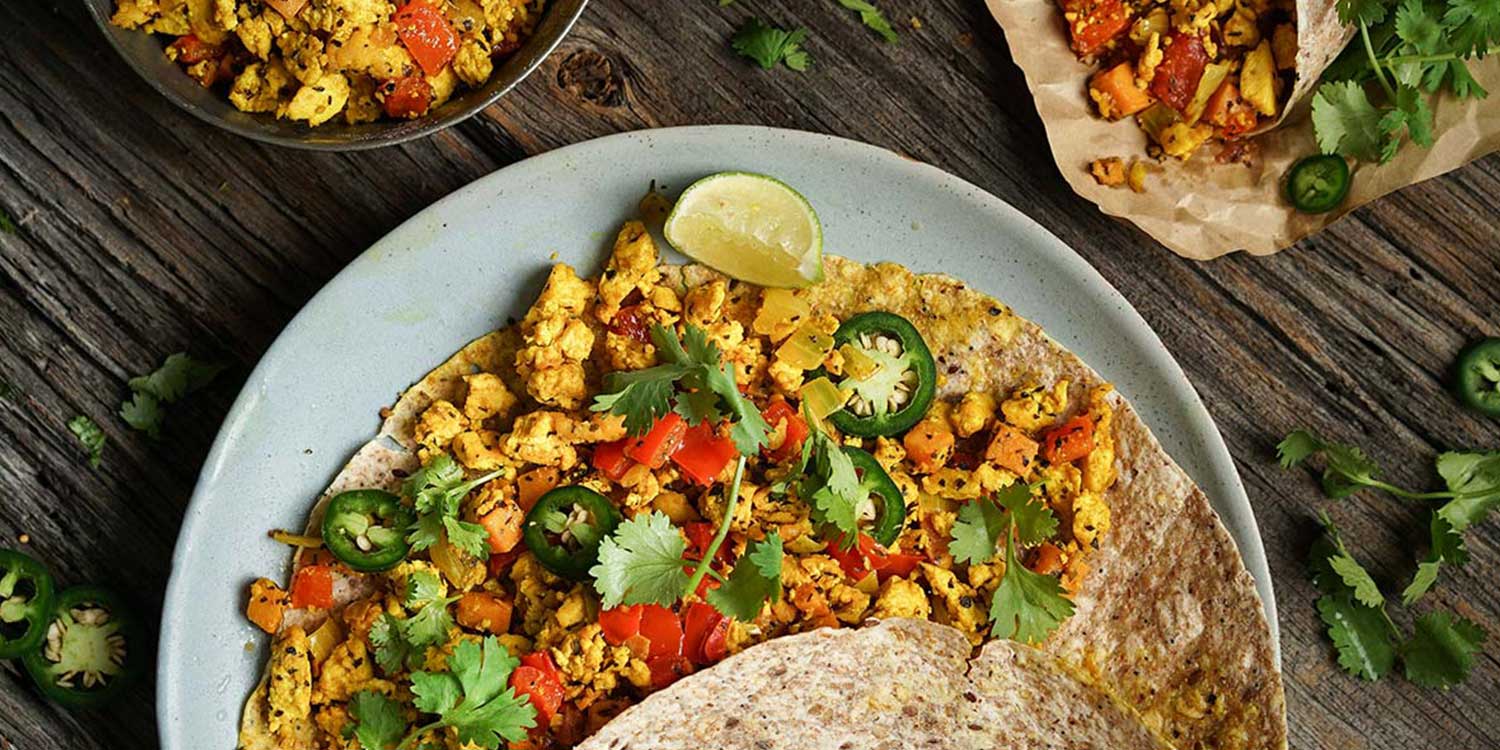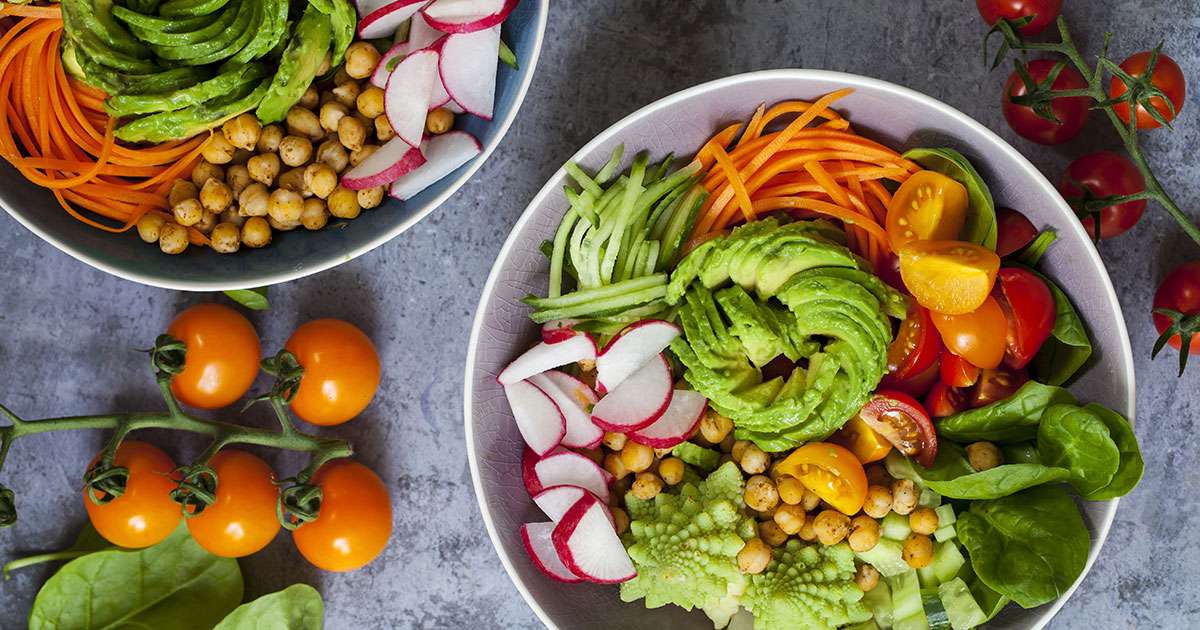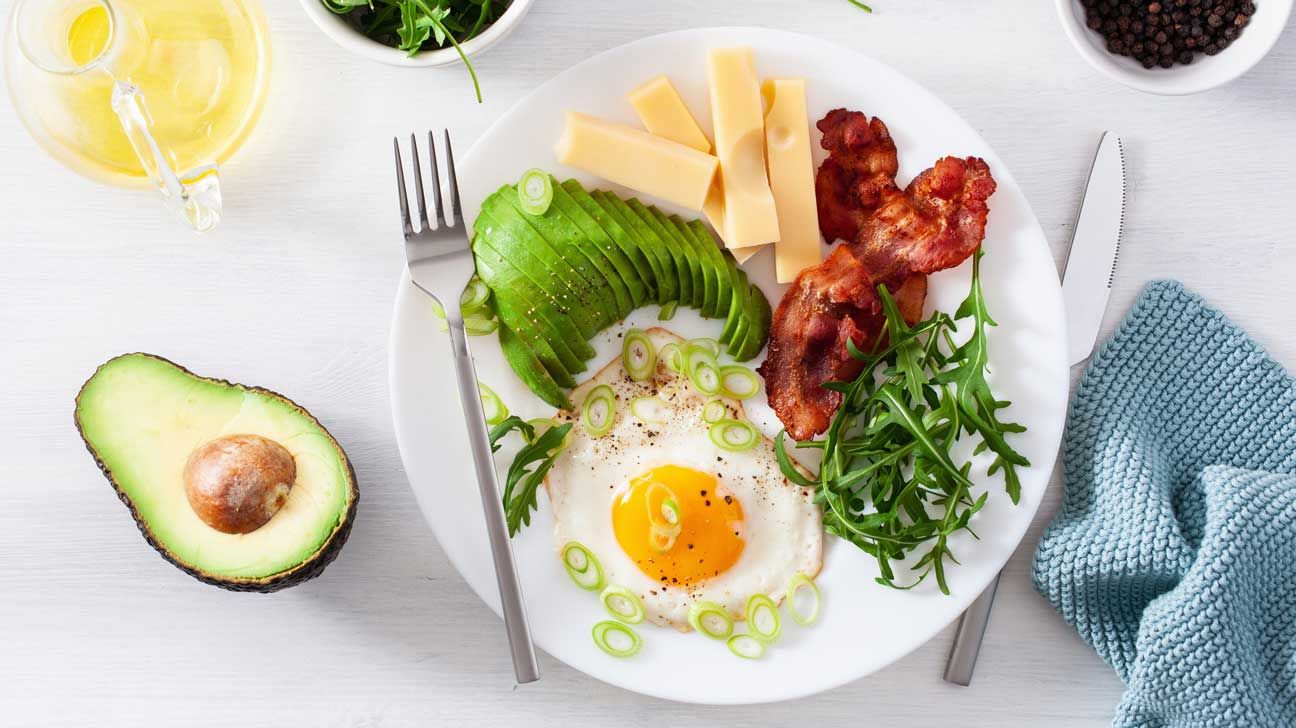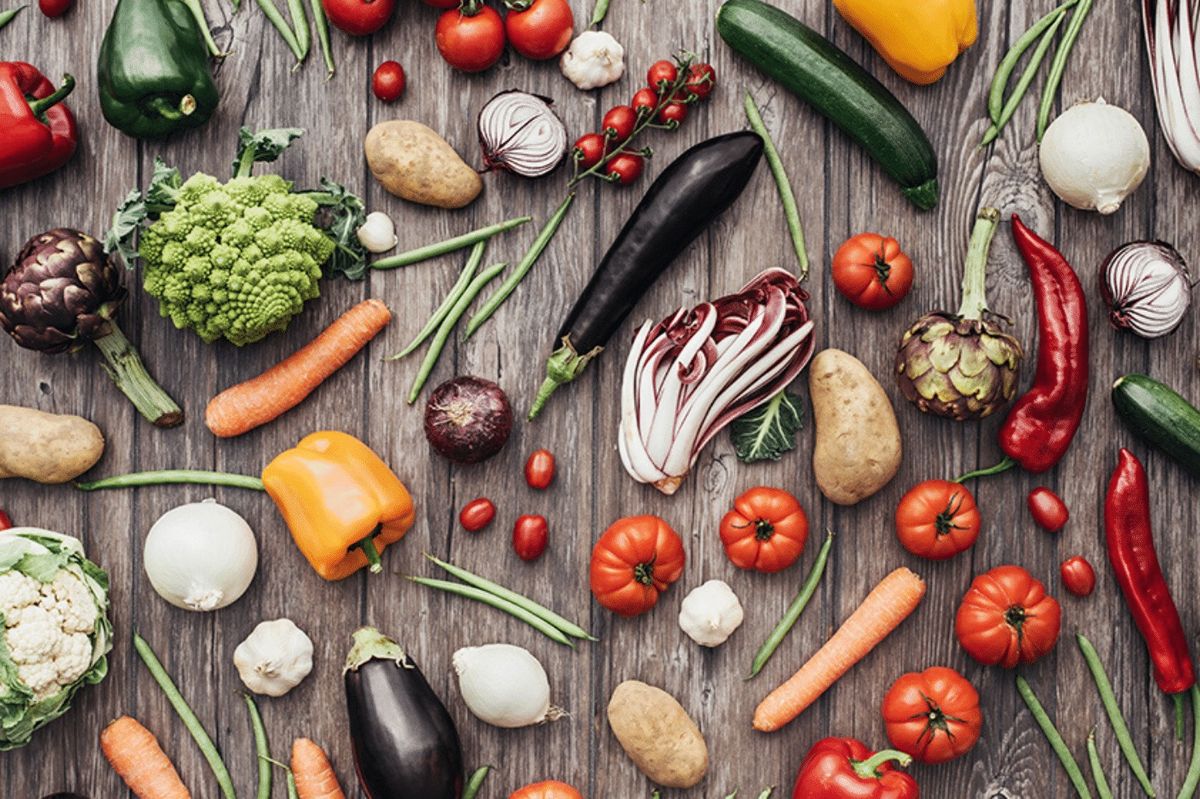Easy Ways to Incorporate More Vegan Foods into Your Diet
Whether you’re a committed vegan or simply looking to add more plant-based options to your diet, there are plenty of delicious and nutritious ways to enjoy vegan foods. Here are some simple tips to help you eat more vegan foods and reap the benefits of a plant-based diet.
1. Start with Small Changes
Transitioning to a vegan diet doesn’t have to happen overnight. Start by making small changes to your meals, such as swapping out dairy milk for plant-based milk or incorporating more fruits and vegetables into your meals.
2. Experiment with New Recipes
One of the best ways to incorporate more vegan foods into your diet is by experimenting with new recipes. There are countless vegan recipes available online, from hearty vegan chili to creamy vegan pasta dishes. Trying out new recipes can help you discover delicious vegan meals that you’ll love.
3. Stock Up on Vegan Pantry Staples
Having a well-stocked pantry can make it easier to prepare vegan meals. Some essential vegan pantry staples include quinoa, lentils, canned beans, nutritional yeast, coconut milk, and a variety of spices and herbs. By keeping these items on hand, you’ll be ready to whip up a tasty vegan meal at a moment’s notice.
4. Explore Plant-Based Protein Sources
Protein is an essential nutrient, and there are plenty of plant-based sources of protein to choose from. Incorporate foods like tofu, tempeh, chickpeas, lentils, and quinoa into your meals to ensure that you’re getting an adequate amount of protein in your diet.
5. Get Creative with Vegetables
Vegetables are a cornerstone of a vegan diet, and there are countless ways to get creative with them. Whether you’re roasting a medley of root vegetables, sautéing leafy greens, or spiralizing zucchini to make zoodles, there are endless possibilities for incorporating more vegetables into your meals.
6. Embrace Vegan Snacks
Snacking on the go doesn’t have to mean reaching for non-vegan options. Keep a stash of nuts and seeds, fresh fruit, veggie sticks with hummus, and homemade energy bars on hand for when hunger strikes. These vegan snacks are not only convenient but also nutritious.
7. Dine at Vegan-Friendly Restaurants
Exploring vegan-friendly restaurants in your area can open up a world of culinary possibilities. Many restaurants now offer diverse and flavorful vegan options, making it easier than ever to enjoy a delicious meal out while sticking to a plant-based diet.
8. Educate Yourself About Vegan Nutrition
Understanding the nutritional aspects of a vegan diet can help you make informed choices about the foods you eat. Take the time to educate yourself about essential nutrients, such as iron, calcium, vitamin B12, and omega-3 fatty acids, and how to incorporate them into a vegan diet.
By incorporating these tips into your daily routine, you can easily eat more vegan foods and enjoy the benefits of a plant-based diet. Whether you’re looking to improve your health, reduce your environmental footprint, or simply explore new culinary horizons, adding more vegan foods to your diet is a delicious and rewarding journey.
